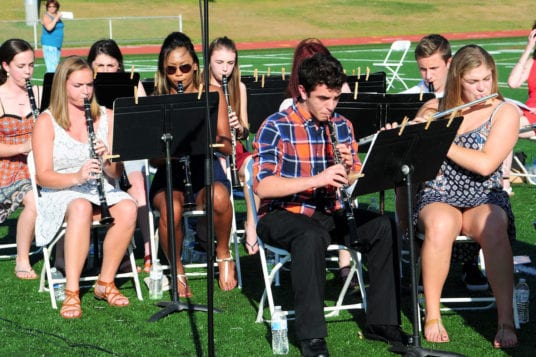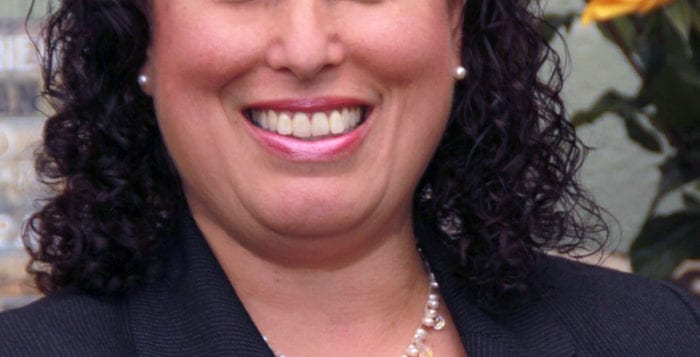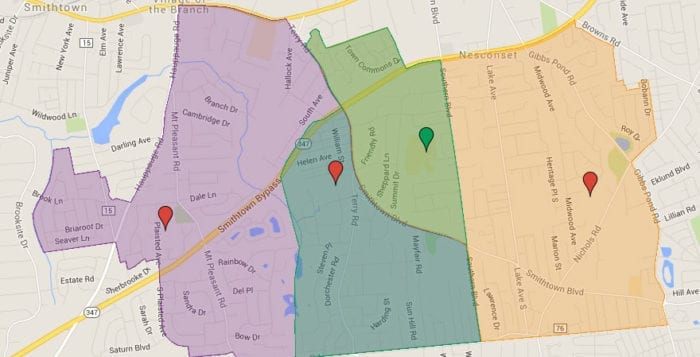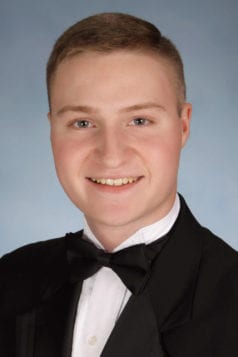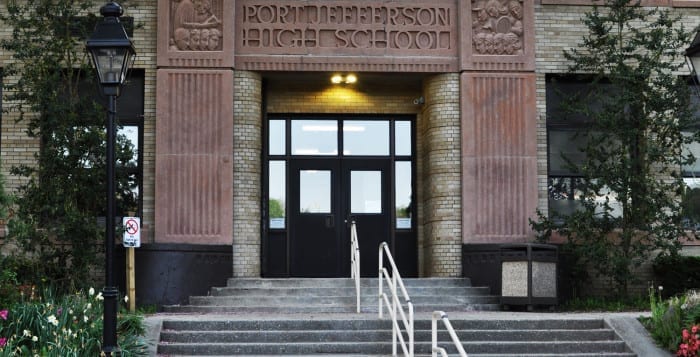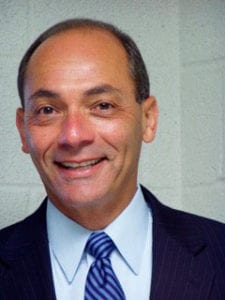The Miller Place, Mount Sinai, Rocky Point and Shoreham-Wading River school districts have named the students who reached maximum potential at the high school level.
“I am extremely proud of all that the Class of 2016 has accomplished in the classroom, on the stage, on our athletic fields and in the community,” Rocky Point Principal Susann Crossan said. “They are a class who came together and generously raised money for many charities and continuously contributed positive energy to build school spirit. I wish the Class of 2016 a rewarding journey and ask that they remember to dream big.”
In Miller Place, with a whopping weighted GPA of 99.6, Elizabeth Whitlow was named the valedictorian. Whitlow, who plans to attend Northeastern University in the fall and major in American sign language, was a captain on the varsity softball team while also a member of the volleyball team, drama club, Foreign Language National Honor Society, National Thespian Society, mathletes and athletes helping athletes.
Joining the advanced placement scholar with honor at the top of the list is salutatorian Clara Tucker. With a weighted GPA of 99.5, she said she plans to attend Stony Brook University and major in biology. Tucker got her start at Stony Brook in the science research club on campus and was part of the school’s science club, art club and varsity track and field and cross country teams, while also being a member of the Metropolitan Youth Orchestra, Intel Talent Search, Foreign Language National Honor Society and National Honor Society.
In Mount Sinai, Patrick Hanaj, with a weighed GPA of 105.2, was named class valedictorian. A class president his sophomore year and secretary his junior year, Hanaj was a member of Moody’s Mega Math Challenge team, was on the math team and was a member of chamber orchestra all four years of high school, and was the National Honor Society president this year. A national AP scholar and National Merit Scholarship finalist who was a member of the Columbia Science Honors Program, he will be attending Harvard University in the fall, majoring in applied mathematics with a minor in computer science.
Justine Quan, with a weighted GPA of 104.3, was named the salutatorian. The student council president and peer leader, who was a part of the history club and environmental action club, was also a member of the Mount Sinai Sunshine Fund and National Honor Society. Receiving the U.S. Rep. Tim Bishop Civil Service award, Quan will be attending New York University in the fall and majoring in political science.
“Justine is an integral member of her class; she is one of the most active and charismatic leaders that we have ever had in our building,” her district said. “Her participation is truly authentic, as she immerses herself fully in her activities for the benefit of others and for the good of her school and community. Justine is highly intelligent, one of the kindest individuals you will ever meet, extremely polite, always positive, efficient and highly organized. She is a representation of the best anyone can ask for from a high school student.”
James Gohn was named the valedictorian at Rocky Point. With a weighted GPA of 106.2, he is an AP scholar with distinction, member of the National Honor Society and New York State Mathematics Honor Society. Outside of the classroom, Gohn performed with the school’s orchestra, was the captain of the varsity soccer team and a member of the varsity lacrosse team. He is a dedicated volunteer, serving as a math and chemistry tutor and altar server, and dedicates many hours to several other charitable organizations. He will be attending Stony Brook University this fall to major in mechanical engineering.
“James is an exceptional student who has devoted himself to being the best he can be,” Crossan said. “He is a student with strong values and character and is gifted in the classroom as well as in his many extracurricular activities.”
Matthew Brewer, with a weighted GPA of 104.9, was named the class’ salutatorian.
An AP scholar with distinction, Brewer is also a member of the National Honor Society, New York State Math Honor Society and is president of the Class of 2016. He was a member of the high school’s mock trial and math teams and was secretary of the school’s science club. Team manager for both the varsity wresting and baseball teams, Brewer has also worked as a senior counselor for the North Shore Youth Council Summer Buddies Program since 2014, and previously was a junior counselor. He will be attending Fordham University in the fall to major in economics.
“Matthew is a bright, articulate and ambitious student who flourishes in an intellectually demanding setting,” Crossan said. “He has a gift of sharing his many talents with others by participating in many volunteer activities.”
Over in Shoreham-Wading River, Kelvin Ma, with a weighted GPA of 102.7, was named valedictorian. Graduating with an advanced regents diploma with mastery in math and science, Ma is a self-taught graphic designer and code designer who volunteered at Brookhaven National Lab during the past two summers. He was sponsored by Wikimedia Foundation to attend the Libre Graphics Meeting, where he gave a lecture on vector graphics and was awarded second place at the 2015 Long Island Junior Science and Engineering Fair.
A member of Moody’s Mega Math Challenge team, he was accepted into the Institute of Creative Problem Solving for Gifted and Talented Students as a freshman. He is a National Merit Scholarship finalist, and awarded the Suffolk County Math Teachers Association Award several times. Ma, who earned the New York State Merit Scholarship for Academic Excellence, will be attending the University of Illinois at Urbana-Champaign and major in engineering.
Nick Maritato also reached a peak performance level. With a weighted GPA of 101.2, he was named salutatorian and will be attending John Hopkins University in the fall, majoring in biomedical engineering.
An Eagle Scout, Maritato volunteered as a camp counselor, performed in summer pit orchestra and interned at St. Charles Hospital in the biomedical department. A member of the Nexus club, Moody’s Mega Math Challenge team, jazz band and varsity volleyball and track and field teams, he received a New York State Merit Scholarship for Academic Excellence, the Science Teachers’ Association of New York State 2015-16 outstanding senior science award, and Shoreham’s Ralph Gilorenzo humanitarian award.
“As a class, their leadership and commitment to public service and community, as well as personal, athletic, and academic successes are unparalleled,” Shoreham-Wading River principal Dan Holtzman said of the top of the class. “It is these attributes that make our school, district, and community the special place it is.”












